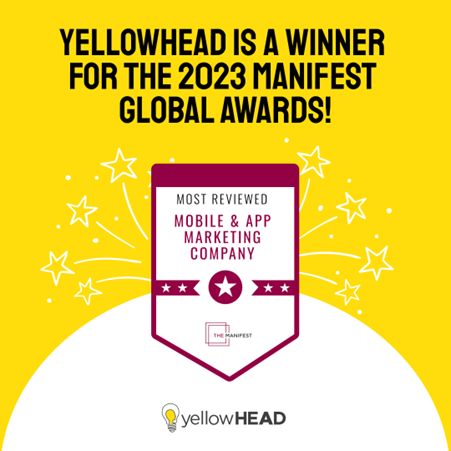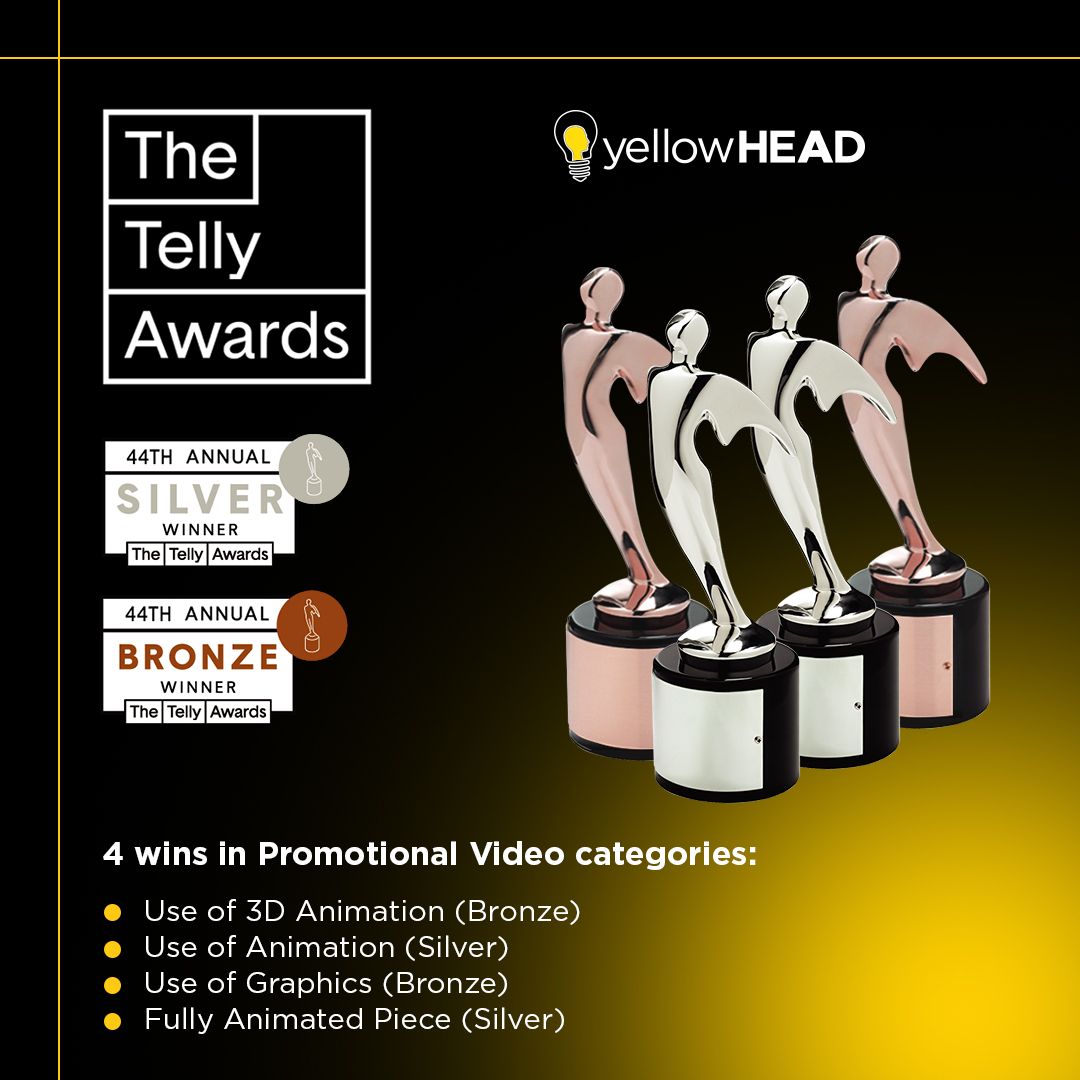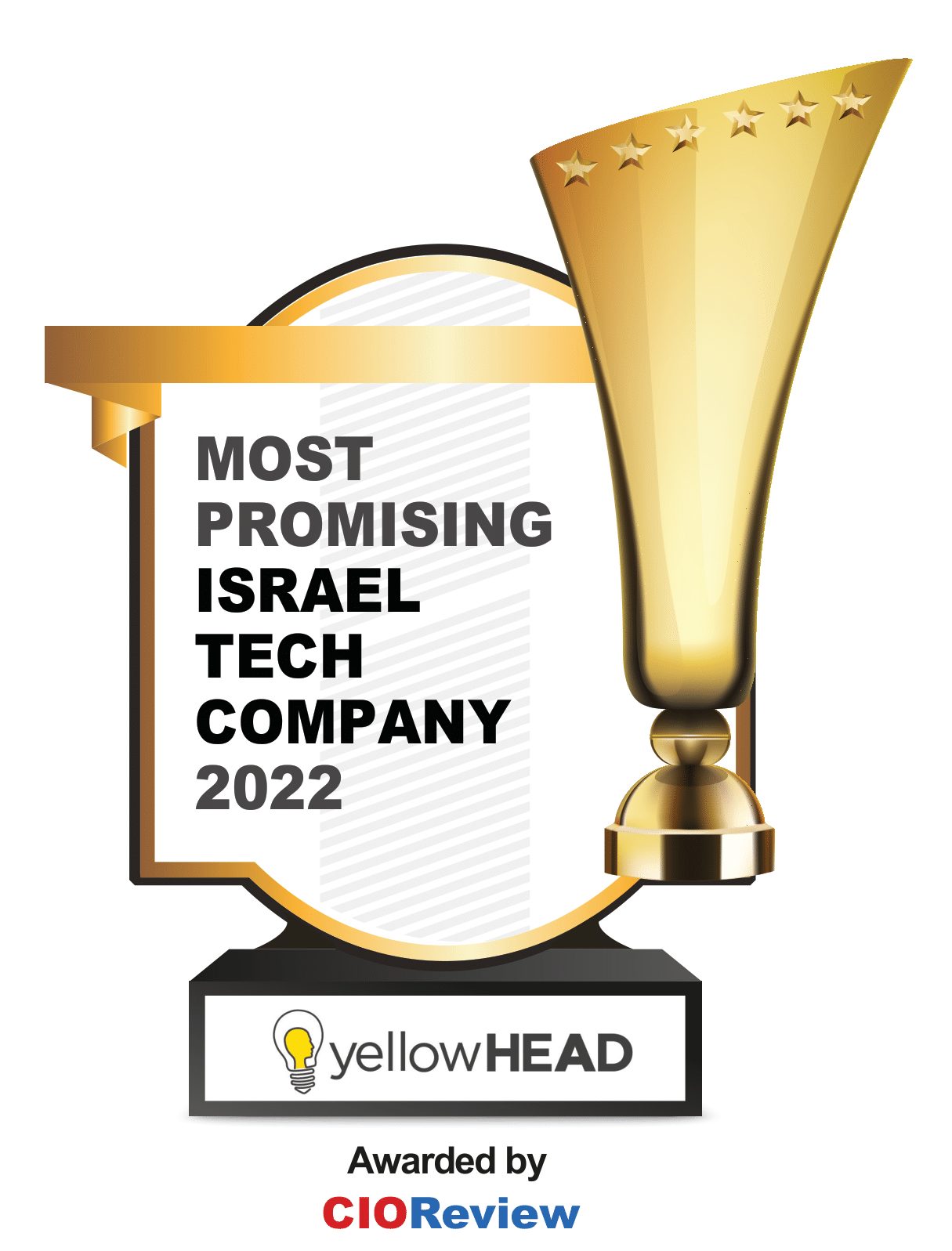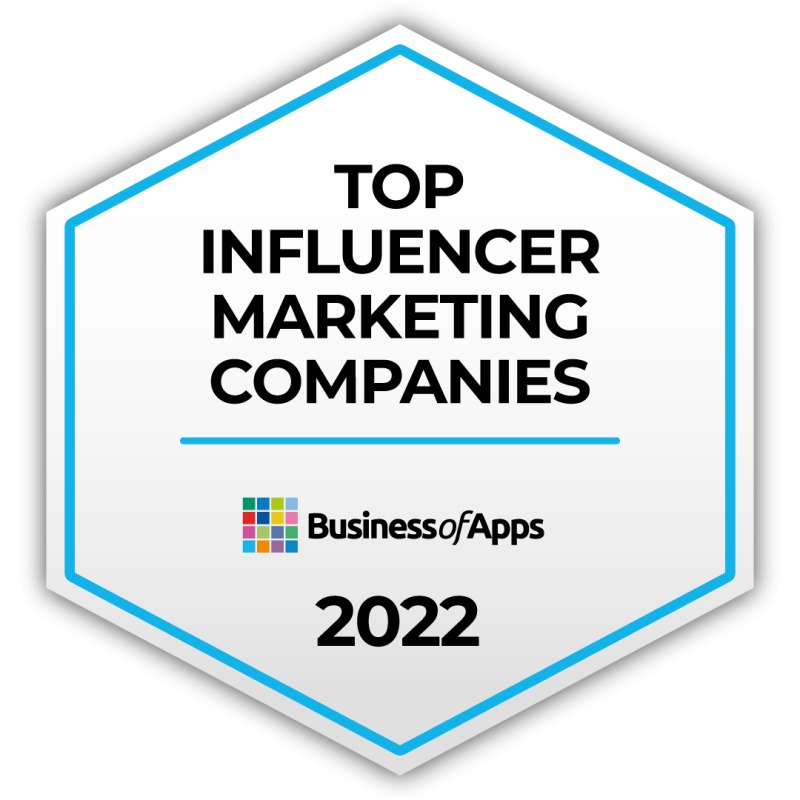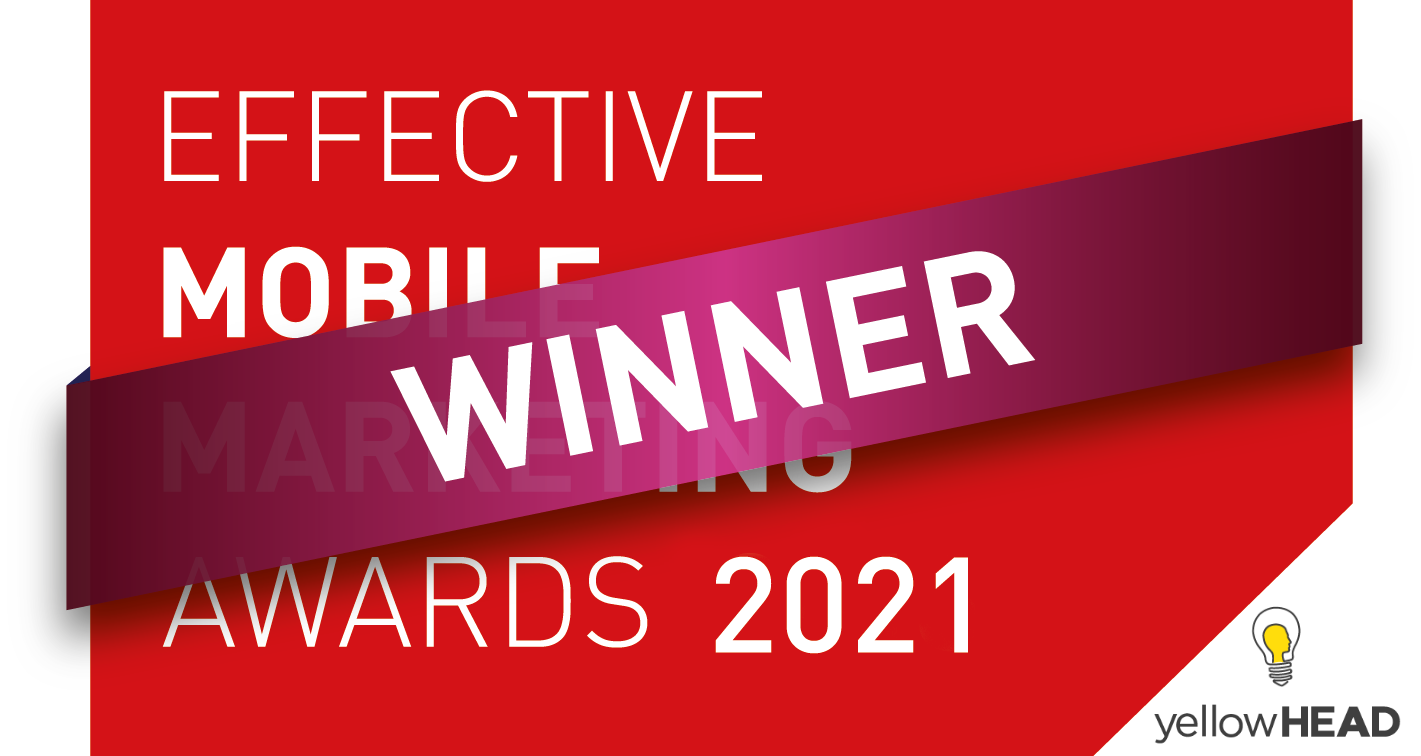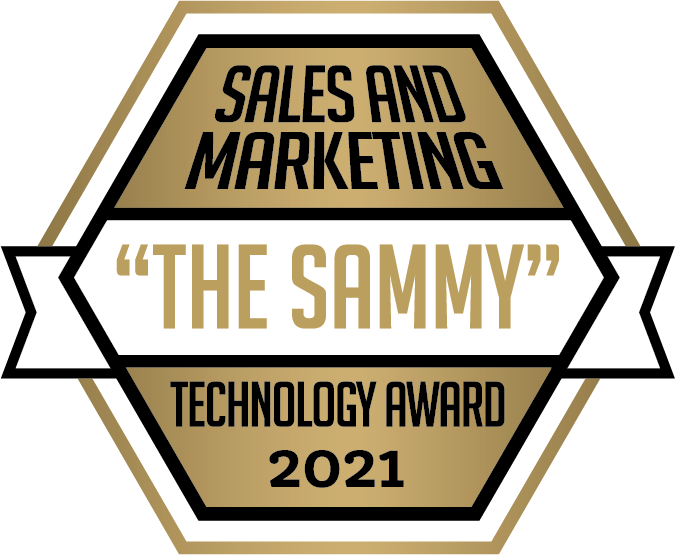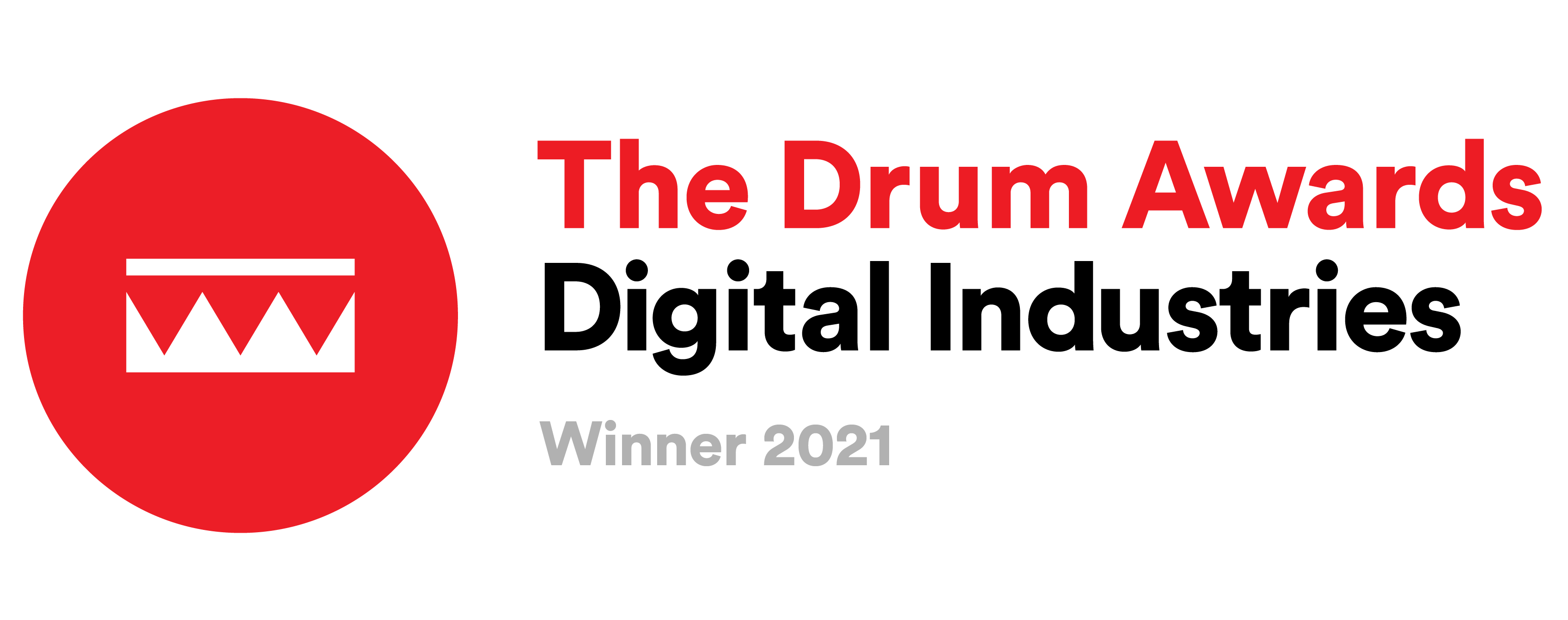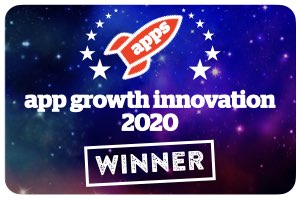What Going Viral Can Teach Brands in 2025

If there’s one phrase that continues to haunt and simultaneously excite marketers in equal measure, it’s the phrase “going viral.” And yet, in 2025, virality looks very different than it did even five years ago. It’s not just about dancing teens on TikTok, re-creating a challenge for a good cause or a surprise meme explosion, it’s about tapping into a cultural current, responding to real-time behavior, and knowing exactly how to catch and then ride the wave before it breaks.
Today, virality isn’t the goal. It’s a case study. And for brands paying attention, it’s also the blueprint for future learning.
Why Virality Still Matters But Not How You Think
In a world oversaturated with content, most marketers would argue that virality is a lucky accident. But that’s only partially true. While there is no perfect recipe for a viral moment, you can try and understand the ingredients that give it a fighting chance and build a strategy that amplifies it when it hopefully happens.
Let’s look at one of the biggest (and let’s admit it- most unexpected) viral trends of the year so far: The Labubus.
Case Study: Labubus and the Rise of Emotional Nostalgia
If you’re not familiar with the Labubu mania,no worries you’re probably not alone. Until recently, this quirky, snaggle-toothed character was relatively unknown outside of niche toy collector circles. But by early 2025, Labubu had gone viral on TikTok, with unboxing videos, fan art, and memes racking up millions of views.
The Labubu fandom started in Asia and spread rapidly across global Gen Z audiences, fueled by TikTok’s “For You” algorithm and a wave of user-generated content. What makes this interesting for marketers isn’t just that a character went viral but the why and why it became the must have item of the moment.
What we can learn:
- Emotion beats polish: Labubu’s odd but endearing face struck an emotional chord. People weren’t sharing high-production content of their Labubus or searching for the coveted “Secret Labubu” ; they were sharing raw, excited reactions. Authenticity won.
- Community = fuel: The virality was driven almost entirely by fan communities. TikTok creators were organically showing off their collections, speculating on limited editions, and stitching reactions. There was no official campaign.
- Exclusivity creates momentum: Limited availability added a layer of FOMO, making the trend feel urgent.
While Labubu’s virality was driven by surprise and collectability, Uniqlo’s Round Mini Shoulder Bag went viral for a different reason: simplicity and relatability.
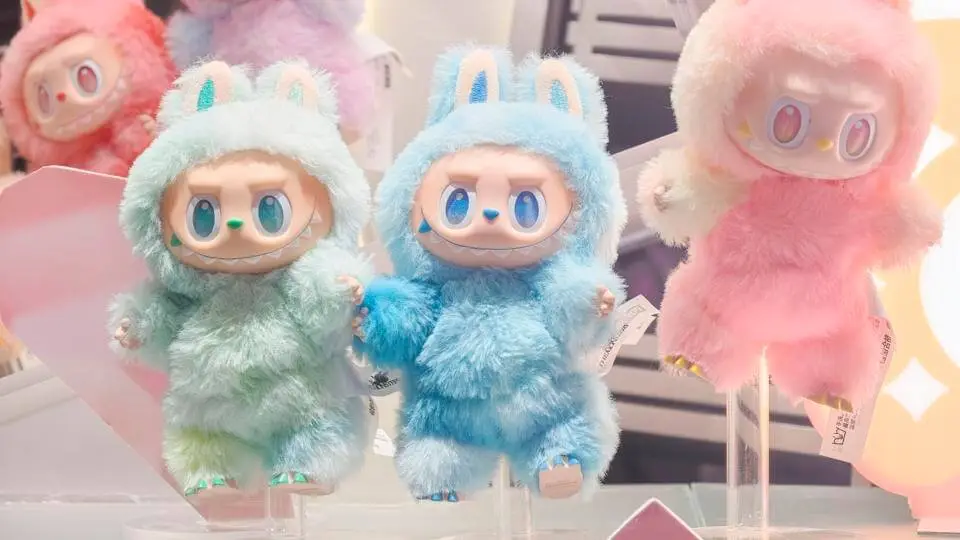
(Source: Forbes)
Case Study: The Uniqlo “Shoulder Bag” Phenomenon
While some viral moments come from unexpected characters, others are proof that even basic products can blow up and become viral if the timing, audience, and authenticity are right. Case in point: the Uniqlo Round Mini Shoulder Bag.
Originally released in previous seasons, this small, minimal crossbody bag exploded in popularity in early 2025 and then again – thanks to renewed interest from TikTok creators and fashion influencers. The hashtag #uniqlobag racked up over 150 million views, and users from around the world began showing how they styled it, what fit inside, and how versatile it was. Many stores even reported it selling out in certain colors days after restocking.
Why it worked:
- Practicality meets aesthetic: The bag was affordable (around $20), neutral enough for any outfit, and perfectly sized for everyday use. Gen Z and Millennials praised it as a “dupe” for designer mini bags, reinforcing its value.
- Creators drove demand: TikTokers didn’t just review the bag, they built a whole content strategy around it (like “what’s in my Uniqlo bag” or styling challenges). This organically extended the product lifecycle.
- Global accessibility: Uniqlo is a global brand with wide distribution. Unlike some viral products that are hard to find, this one was easy to buy which turned views into conversions.
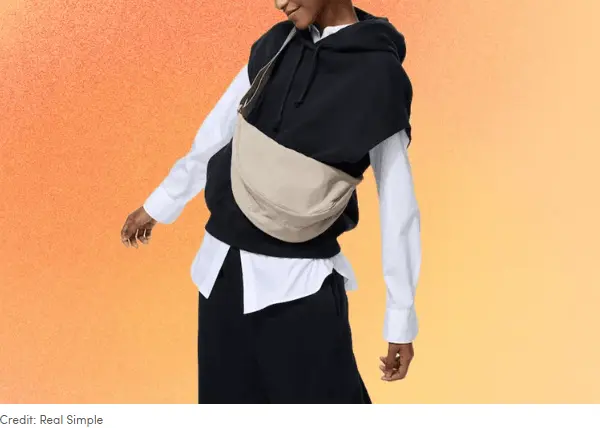
While UNIQLO’s virality was rooted in simplicity and relatability, Samsung’s SamGPT captured attention through innovation, personality, and the growing fascination with AI-powered experiences.
Samsung’s AI Mascot “SamGPT” Turning a Virtual Assistant Into a Viral Icon
In Q1 2025, Samsung reintroduced its virtual assistant called Sam but this time, with a twist: Sam was powered by a conversational AI modeled on GPT-style interactions, rebranded as SamGPT. What started as a customer support chatbot turned into a full-fledged social personality across TikTok, X, and Instagram.
SamGPT could chat with users, create personalized memes, give product recommendations, and even host gamified challenges like #ChatWithSam where users posted the funniest or most helpful interactions they had with SamI. TikTok creators quickly turned SamGPT into a cultural phenomenon, giving “him” fan edits, parody accounts, and cosplay content. Within a month, the hashtag #SamGPT surpassed 300M views.
Samsung leaned into the attention by releasing Sam-generated tech tips, interactive AR unboxings, and limited-edition Sam merch drops combining digital innovation with real-world commerce.
Virality in 2025 isn’t just about a message spreading fast, it’s about building an interactive character or concept users want to engage with, not just consume. Tech brands, in particular, can harness this by turning product features or AI tools into characters, games, or memorable moments.
While UNIQLO’s virality was rooted in simplicity and relatability, Samsung’s SamGPT captured attention through innovation, personality, and the growing fascination with AI-powered experiences.
Samsung’s AI Mascot “SamGPT” Turning a Virtual Assistant Into a Viral Icon
In Q1 2025, Samsung reintroduced its virtual assistant called Sam but this time, with a twist: Sam was powered by a conversational AI modeled on GPT-style interactions, rebranded as SamGPT. What started as a customer support chatbot turned into a full-fledged social personality across TikTok, X, and Instagram.
SamGPT could chat with users, create personalized memes, give product recommendations, and even host gamified challenges like #ChatWithSam where users posted the funniest or most helpful interactions they had with SamI. TikTok creators quickly turned SamGPT into a cultural phenomenon, giving “him” fan edits, parody accounts, and cosplay content. Within a month, the hashtag #SamGPT surpassed 300M views.
Samsung leaned into the attention by releasing Sam-generated tech tips, interactive AR unboxings, and limited-edition Sam merch drops combining digital innovation with real-world commerce.
Virality in 2025 isn’t just about a message spreading fast, it’s about building an interactive character or concept users want to engage with, not just consume. Tech brands, in particular, can harness this by turning product features or AI tools into characters, games, or memorable moments.

(Source: The Marketingblog)
Lessons for Brands in 2025
So, what can we learn from Labubu, Uniqlo, Samsung and viral moments like it?
1. Your Community Is Your Launchpad
Communities are no longer just brand followers, they’re co-creators. Give them tools and formats they can play with. Consider how brands like Duolingo and Ryanair have embraced creator humor and audience feedback to fuel their social strategies.
Tactic: Lean into creator partnerships that feel organic and give room for experimentation, even chaos. It’s not about control; in the end it’s about conversation.
2. Don’t Chase the Trend — Adapt It
Instead of jumping on every viral dance or audio, ask: How does this trend align with my brand’s voice? Take a cue from brands like Scrub Daddy, which consistently adapts TikTok formats without losing its playful tone.
Tactic: Build a flexible content strategy that allows real-time adaptation. Invest in social listening tools that help spot trends early even if they are microtrends.
3. Micro-Moments > Mega-Virality
Going viral once won’t build your business. But creating a series of small, highly relevant content moments? That builds brand trust, awareness, and engagement over time.
Tactic: Optimize for consistency, not just spikes. Use A/B testing (we do it for our clients constantly) to see what formats drive meaningful engagement, not just impressions.
How This Connects to Performance Marketing
At yellowHEAD, we work at the intersection of performance and creativity. We know how to take a viral spark and turn it into scalable growth. Viral moments offer insight into your audience behavior but execution is where brands usually succeed or fail. Our team builds multi-platform strategies that capitalize on real-time opportunities without losing sight of long-term KPIs.
Final Thought
Virality in 2025 isn’t just about luck, it’s about listening, learning, and being agile to move when the moment hits. Whether you’re a toy brand or a tech platform, the fundamentals are the same: show authenticity, empower your community, and be ready to turn attention into action.
Want to be ready for your brand’s viral moment?
Let’s build a strategy that’s just as agile as your audience. Contact yellowHEAD today and let’s make your next moment count.

